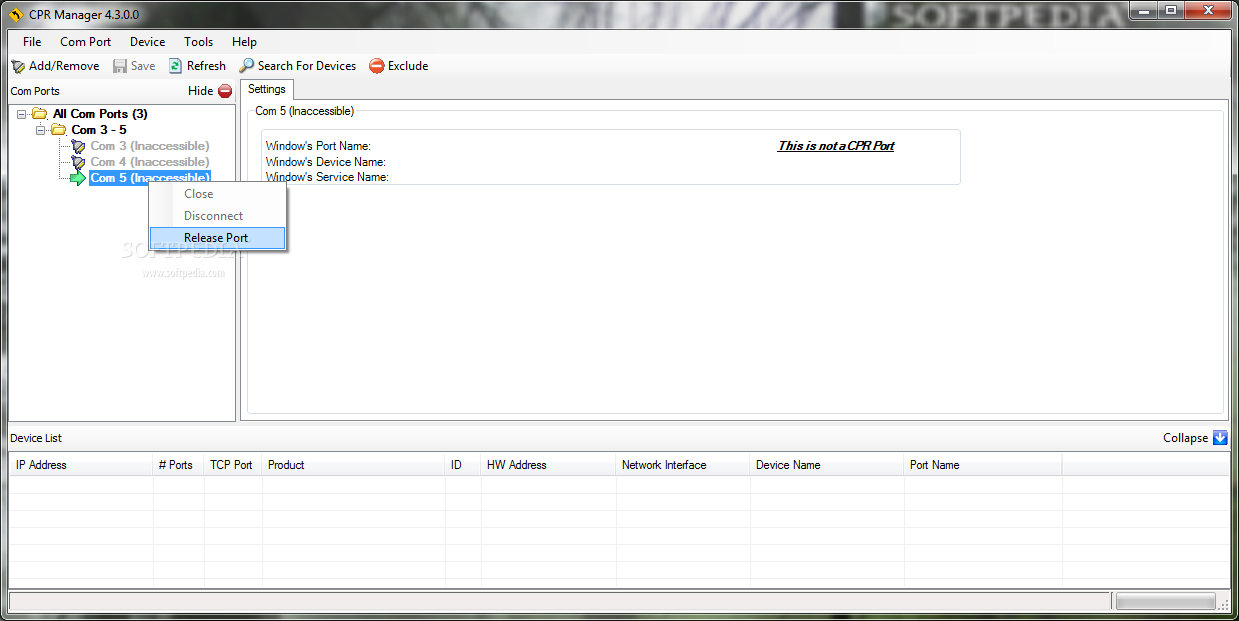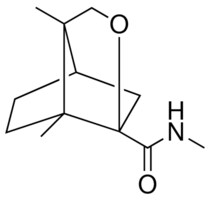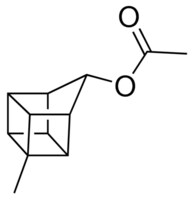The contact area was correspondingly lowest on hard flat floor. The authors declare the following conflict of interests: These modes are defined in the user manual of the mattress. Age range 24—36 yrs; height range — cm; weight range 59—75 kg. The FSA Systems was calibrated before the study and used according to the manufacturer's instructions. Each CPR session lasted for only 2 min to exclude any performer fatigue. Published online Feb 
| Uploader: | Dule |
| Date Added: | 1 December 2010 |
| File Size: | 13.12 Mb |
| Operating Systems: | Windows NT/2000/XP/2003/2003/7/8/10 MacOS 10/X |
| Downloads: | 83106 |
| Price: | Free* [*Free Regsitration Required] |
The surfaces included a hard surface, a higher specification foam mattress, a dynamic, alternating pressure mattress, and a dynamic, reactive minimum pressure air mattress system.
Secondly, the FSA mat is not very flexible and this may prevent it from adapting itself closely to the contours of the mattress.
Results of a cross-sectional survey.

This most probably reflects the ability of the mattresses to control the immersion and envelopment of the manikin Table 4.30.0 [ 11141718 ]. Maximum mean interface pressure, and the corresponding contact area values during experimental resuscitation. However, few reports focus on the relative efficacy of resuscitation when using mattresses with different modes of function.
Scripting must be enabled to use this site.
The comparisons are presented in the statistical table above. The nursing students gave their verbal consent to participate.
Analyses were conducted using proc mixed of SAS R software version 9. Little is known about whether the use of the CPR function in air mattresses really effects on the stability and effectiveness of CPR. We are indebted to Mr. Funding statement The authors received no funding from an external source. Health profession, Health sciences, Applied sciences. Limitations of the study include relatively low number of test person and lack of randomization, which however was not carried for practical reasons i.
The frequency, chest compression depth and hands-on time were recorded and retrieved at the time points 5, 30, 60 90 and seconds during resuscitation.

To increase the stability and effectiveness of CPR, a solid plate is often placed between the foam mattress and patient [ 101213 ] Some of the continuously functioning air mattresses are so called open systems which are cpf by the manufacturer to be deflated when CPR is begun, while others are closed systems and do not require deflation. Materials and methods 2. Leila Sikanen, Elina Jouppila-Kupiainen: The authors declare the following conflict of interests: Furthermore, this study casts doubt on the necessity of the CPR function in air mattresses.
Personal communication from Leardal. However, these limitations most probably have not a major effect of the results and conclusions. The mattress needs to be deflated for CPR according to manufacturer's instructions. The authors received no funding from an external source.
PART 4 - GENERAL CASE MANAGEMENT POWERS
Occurrence of pressure ulcers and their risk factors in mixed medical-surgical ICU - A cohort study. Foam mattresses with higher specifications perform well and do not need a supporting hard, flat surface inserted between the mattress and patient.
CPR was performed on the hard, flat floor of the test laboratory on which all mattresses were placed. Still, such a hard plate may be needed when conventional hospital foam mattresses are used, but such mattresses were outside the scope of this study. Repeated measurement ANOVA models were used for most of the variables in order to explore the time effect in addition to mattress type. Air mattresses in acute care units are nevertheless expected to be equipped with a CPR control system for rapid deflation of the air mattress before normal resuscitation procedures are carried out.
However, there were differences in the hands-on time indicating that the frequency and depth values in all situations are not of similar significance: Taken together the results indicate that an adequate compression frequency and depth are achieved without the use of the CPR function of the air mattresses [9].
PART 4 - GENERAL CASE MANAGEMENT POWERS
Esa Soppi, Ansa Livanainen: The ensuing fatigue may be due to fact that the resuscitators needed to move their hands downwards with more force than with the other mattresses to achieve sufficient chest compression. Discussion Even if differences in compression frequency or compression depth between different surfaces were observed, the efficiency of resuscitation in this experimental situation seems adequate, irrespective of the mattress or whether the CPR function of the mattress was 4.33.0.0 use or not.
Age range 24—36 yrs; height range — cm; weight range 59—75 kg.

No comments:
Post a Comment